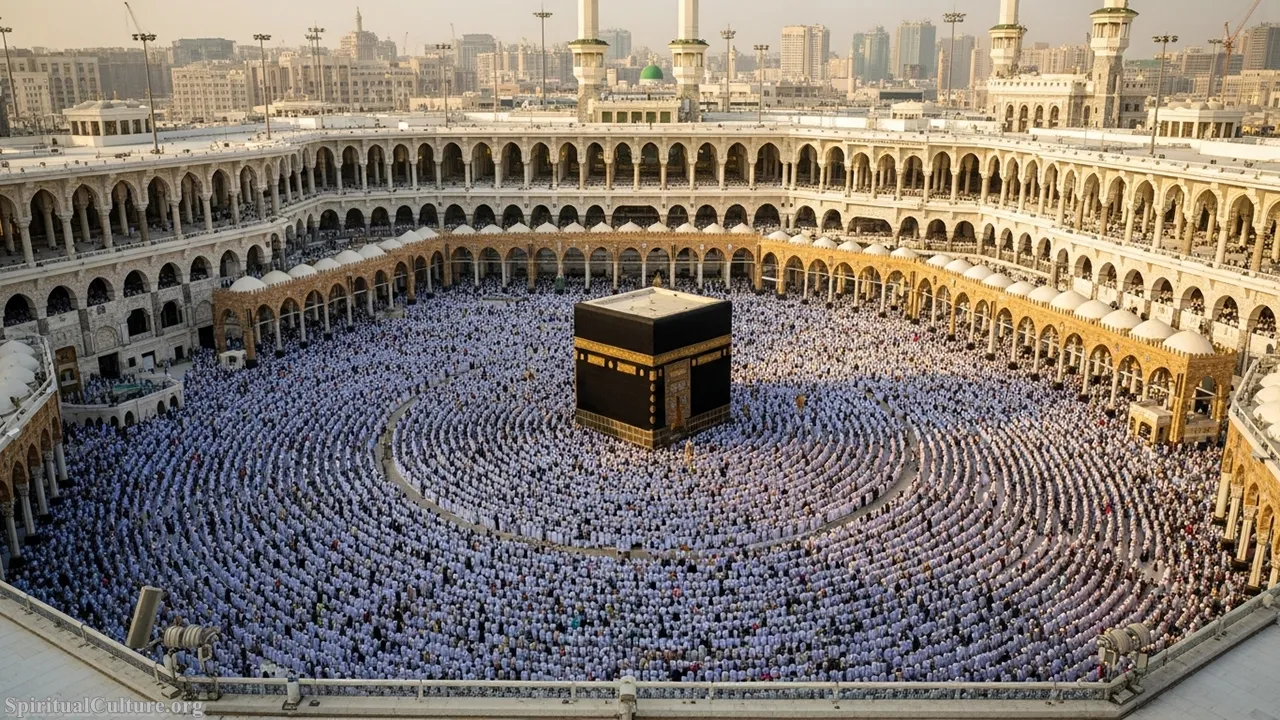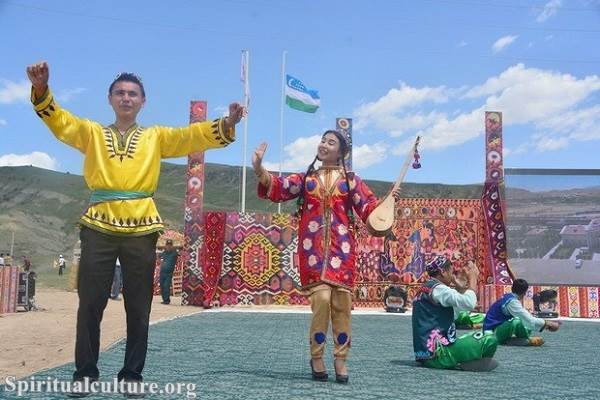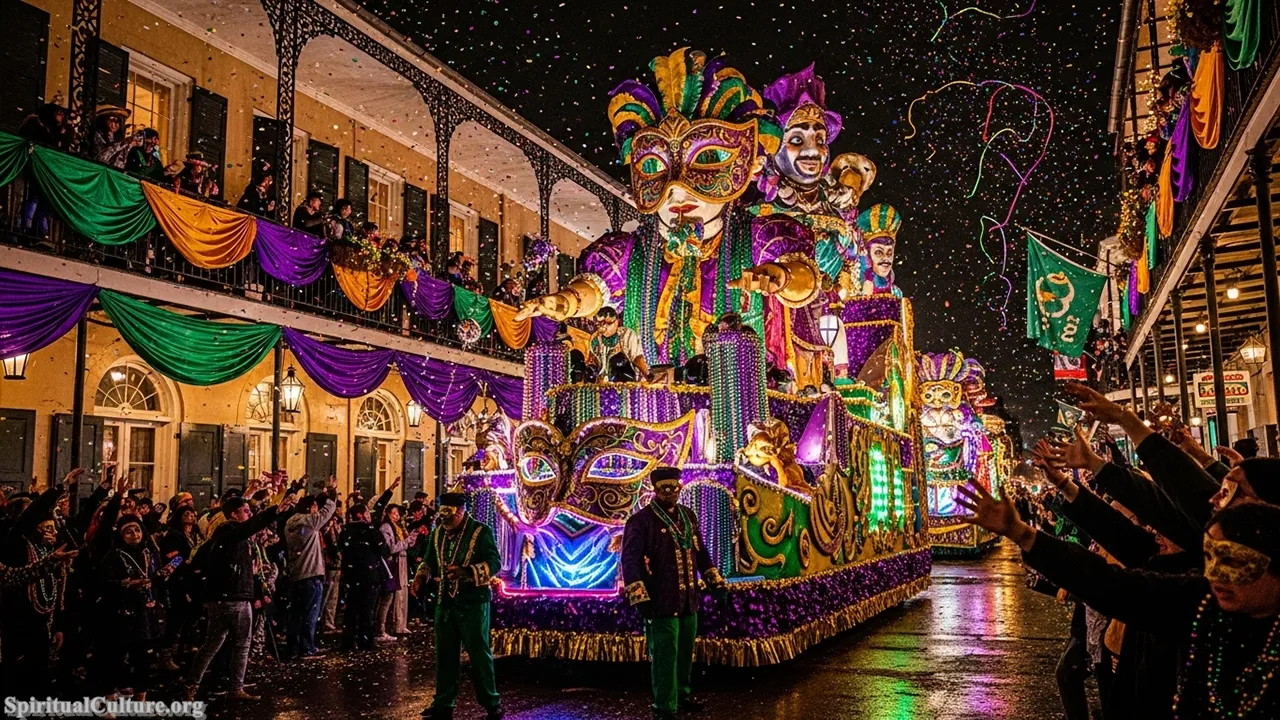Across generations and civilizations, the family has been the sacred cradle where spiritual identity is born and nurtured. In this article, Spiritual Culture explores how family plays a central role in passing down religious beliefs, rituals, and values — not only as tradition, but as a living inheritance that shapes souls, communities, and the future of faith.
The Role of Family in Religious Cultural Transmission
How families pass on sacred values, shape spiritual identity, and keep the flame of faith alive across generations.
The soul often receives its first whispers of the sacred not in temples, mosques, churches, or synagogues — but around kitchen tables, bedside prayers, or in the gentle hand of a grandparent. The family is the original vessel of transmission — the first sanctuary where meaning is modeled, where sacred words become lullabies, and where spiritual traditions are taught not just by instruction, but by living example.
Religious and cultural transmission is not merely the handing down of customs. It is the shaping of identity — a weaving together of memory, morality, language, ritual, and transcendence. This article explores how families serve as the living bridge between heritage and future, embodying the sacred continuity that religions seek to preserve and renew.
The Family as the First School of Faith
Learning through Imitation and Ritual
Children do not merely learn through formal teaching — they absorb. They observe how parents pray, how elders treat sacred texts, and how festivals are celebrated. This form of learning is experiential, embodied, and deeply emotional.
The Sabbath candle lighting in Jewish homes, the call to prayer echoing through Muslim households, the morning puja in Hindu families, the reciting of Bible verses in Christian settings — these are not simply traditions. They are formative rituals that shape spiritual awareness long before theology can be intellectually understood.
Parents as Living Examples
In most traditions, the transmission of faith is not about preaching, but about presence. A kind father who kneels before God, a mother who fasts with devotion, or a grandparent who tells stories from sacred history — these images imprint the soul far more deeply than lectures.
As the Qur’an says, “And enjoin prayer upon your family and be steadfast therein” (Qur’an 20:132). And in the Bible, Paul reminds Timothy of the “sincere faith, which first lived in your grandmother Lois and in your mother Eunice” (2 Timothy 1:5). The pattern is timeless — the faith of the elders becomes the inheritance of the young.
Culture, Memory, and Meaning: The Religious Role of Storytelling
Stories as Spiritual Carriers
Families transmit more than practices — they pass down meaning. And often, this comes through stories. Myths, parables, and family histories are told and retold not simply to entertain but to embed values.
Jewish families recount the Exodus story during Passover. Christian families retell the Nativity at Christmas. Hindu households recite parts of the Ramayana or Mahabharata. Buddhist homes share the Jataka tales. These stories become mirrors of virtue, sacrifice, courage, and divine presence.
The Power of Family Memory
Each family has its own sacred archive — not just of religious stories, but of personal ones: “Your grandfather survived war by his faith,” or “We prayed together when you were born.” These narratives bind children not only to their family but to something greater — to a lineage, a purpose, a God who walks with them.
Language, Food, and Symbol: Everyday Channels of the Sacred
Sacred Language in the Home
Even casual phrases can carry religious significance: “God willing,” “Bless you,” “Namaste,” or “Shalom” — such words, when spoken in the family setting, normalize the sacred. They make room for the divine in daily speech.
Many families preserve religious languages: Hebrew in Jewish homes, Sanskrit chants in Hindu ones, Arabic in Muslim prayer, Latin in Catholic liturgies. These languages carry not only theology, but a rhythm of reverence.
Food as Cultural and Spiritual Transmission
Meals are rarely just about nourishment. They are sacramental. Sharing iftar during Ramadan, preparing unleavened bread for Passover, fasting together during Lent — food becomes theology in action. It teaches discipline, gratitude, and belonging.
The family table is an altar. What is cooked, when it is eaten, and how it is shared all become ways of expressing sacred identity.
Festivals and Life-Cycle Rituals: Family as the Keeper of Sacred Time
Marking Time Together
Religious families often live by a sacred calendar. Whether it’s the Sunday mass, the Friday Jumu’ah prayer, the Saturday Shabbat, or the lunar festivals of Diwali or Eid — these rhythms shape time itself.
Children grow up measuring their lives through these recurring rituals: lighting candles, wearing special clothes, visiting houses of worship. These are not just holidays — they are holy days. They mark the soul’s growth alongside the body’s.
Life Cycle Events
Weddings, funerals, baptisms, bar mitzvahs, naming ceremonies — these transitions are spiritual touchpoints. When these are held in the context of faith, they embed religious meaning into life’s milestones.
When a child sees their sibling baptized or watches their parents renew vows in a temple, these become silent teachings. The child understands: my life, too, is a part of something sacred.
Intergenerational Transmission: The Grandparent Factor
Elders as Custodians of Tradition
In many cultures, grandparents are the bearers of memory. They often carry deeper knowledge of tradition, language, and ancestral customs than younger parents might.
A grandmother’s rosary beads, a grandfather’s chant, or a story told in the old tongue — these connect children not only to religion, but to roots. The generational bond becomes a spiritual bridge.
When Parents Falter, Grandparents Step In
In modern societies where parents may be less observant or too busy, grandparents often become the religious anchors. Studies in sociology show that many young people’s lasting religious memories come from time spent with their grandparents — especially in immigrant or diasporic families.
Challenges in Modern Times
The Rise of Religious Disengagement
In many societies, especially secular or urban ones, religious transmission is weakening. Children grow up with less exposure to rituals, prayer, or religious language at home. Some families avoid spiritual topics to “let the child choose,” but this often leaves a vacuum where no foundation is formed.
Without familial modeling, religious institutions alone struggle to compensate. Faith, when not lived at home, may feel abstract or irrelevant.
Interfaith and Intercultural Marriages
In an increasingly globalized world, many families blend religious traditions. While this can enrich a child’s perspective, it may also dilute clarity or cause confusion if not approached intentionally.
These families often create hybrid rituals or alternate holiday observances, which, if done thoughtfully, can preserve essential meaning while respecting both heritages.
Nurturing the Sacred in Modern Families
Create Daily Sacred Moments
Even in busy households, families can embed spirituality into daily life: a short morning prayer, a gratitude circle at dinner, or evening reflection before bed. These moments become spiritual anchors.
Celebrate Together, Even Simply
Even modest celebrations of religious holidays — lighting a candle, making a special meal, sharing a story — reinforce identity and belonging. What matters is not the scale, but the sincerity.
Let Children Participate, Not Just Observe
Involve children in rituals. Let them light the candle, say the blessing, help cook the sacred food. Participation makes the tradition their own.
Tell Your Spiritual Story
Don’t just teach doctrines — share your journey. What do you believe? Why does it matter to you? Children connect more to authenticity than instruction.
Sacred Texts and Family Devotion
Reading Together
Whether it’s the Bible, the Bhagavad Gita, the Quran, the Torah, or Buddhist sutras — reading sacred texts as a family creates shared reflection. Even short passages followed by open discussion can plant deep roots.
As Deuteronomy 6:6–7 says: “These commandments that I give you today are to be on your hearts. Impress them on your children. Talk about them when you sit at home…”
Prayer as Shared Breath
When families pray together — in any faith — they share more than words. They share breath, silence, longing. Prayer becomes a language of love, connection, and surrender that transcends generations.
Reflect and Reimagine
The role of family in religious cultural transmission is profound — and irreplaceable. In every tradition, the home is where faith becomes flesh, where memory becomes meaning, and where love carries the sacred across time.
Even in changing times, families still hold the power to shape souls. By choosing to be intentional — through rituals, stories, prayers, and love — families can become the sacred soil where faith takes root and flourishes.
So whether you are a parent, a grandparent, a sibling, or a seeker — ask yourself:
- What sacred memory do I want to leave behind?
- How can my family become a living sanctuary?
- What faith do I embody, not just explain?
May your home be not just a shelter — but a temple.
And may your love be not just personal — but eternal.
With grace, insight, and reverence,
Spiritual Culture



